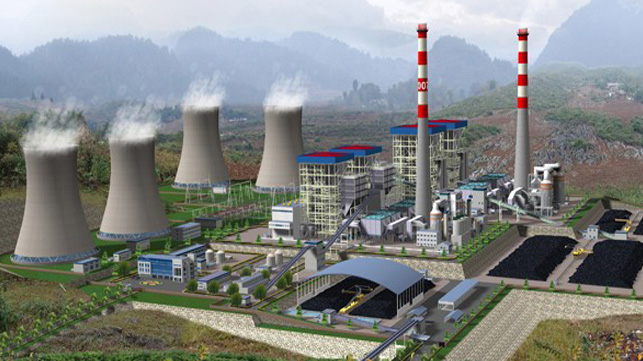Opportunity
The Problem: Unreliable Grid-Electricity
Across the developing world, hundreds of millions of people currently lack access to reliable grid-electricity. This is especially true of rural dwellers. Both power generation and power transmission are challenging in these environments. As these countries continue to industrialize and develop, their energy needs increase and, with existing generation and transmission infrastructure often inadequate to sustain the escalating demand, “load-shedding” and blackouts become commonplace.
The Solution: Combined Heat and Power Distributed Generation
Our product, LinGen,TM is a pressure gain combustion (PGC) engine coupled with a proprietary dynamic generator. Currently, all engines operate using the less efficient subsonic burning process known as deflagration. Our engines, however, burn fuels using the more efficient supersonic PGC process known as detonation. While state-of-the-art, turbine-based generators are limited to a theoretical maximum efficiency of about 50%, Afthon’s PGC generators can achieve higher efficiencies while utilizing propane or natural gas already available to homeowners. By generating (1kw) heat and (1kw) electricity at the point of use, on-grid homeowners can slash their energy bills by up to 25%, off-grid customers will have access to sustainable resilient power and heat, while all our customers also reduce the environmental impact of their energy consumption.

Market Strategy
Our company name, Afthon, is derived from the Greek word, afthonia, which translates to “abundance.” Our mission is to fuel a world of abundance, starting with our initial project of solving the world’s power generation and distribution problem. Our initial market will be India. India is projected to have the fastest growing economy in the world over the next few decades, and to have the largest population in the world by 2025. The Climate Group and the Goldman Sachs Center for Environmental Markets recently published a joint study focused on off-grid energy models in India. According to this study, approximately 360 million people in India currently lack access to grid-electricity, with another 20 million Indian households classified as being “underserved” by the grid (i.e., receiving less than four hours of grid-electricity per day). Current technologies being employed to supplement grid-electricity in India include solar home systems (SHS) and decentralized renewable energy (DRE). Our technology is twice as efficient and at least five times as affordable as any of these alternatives.
